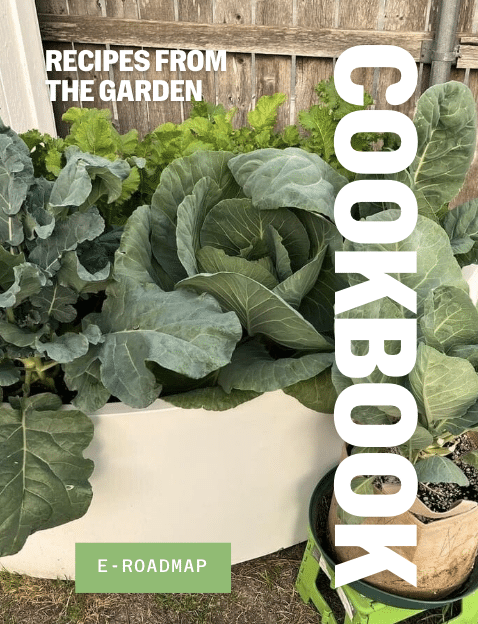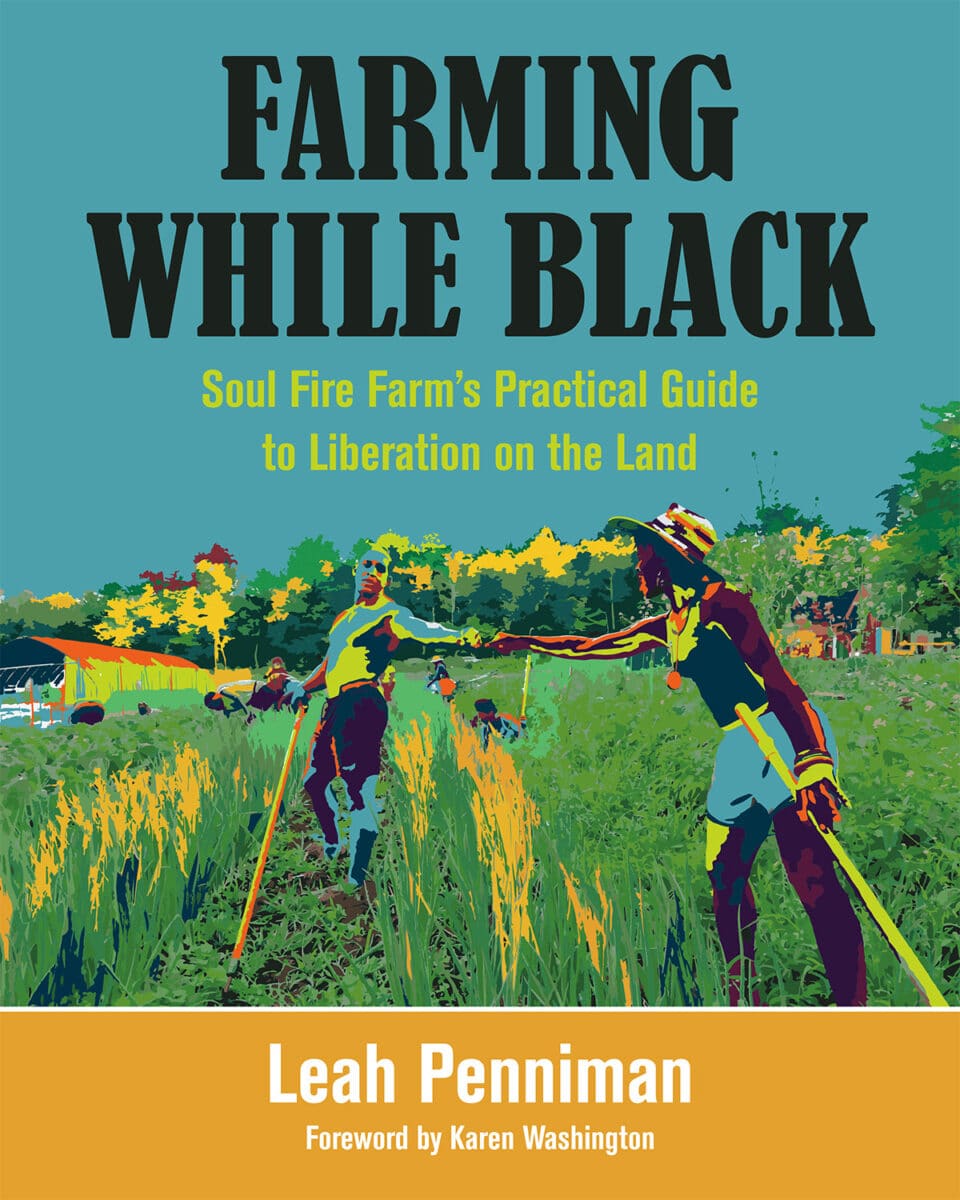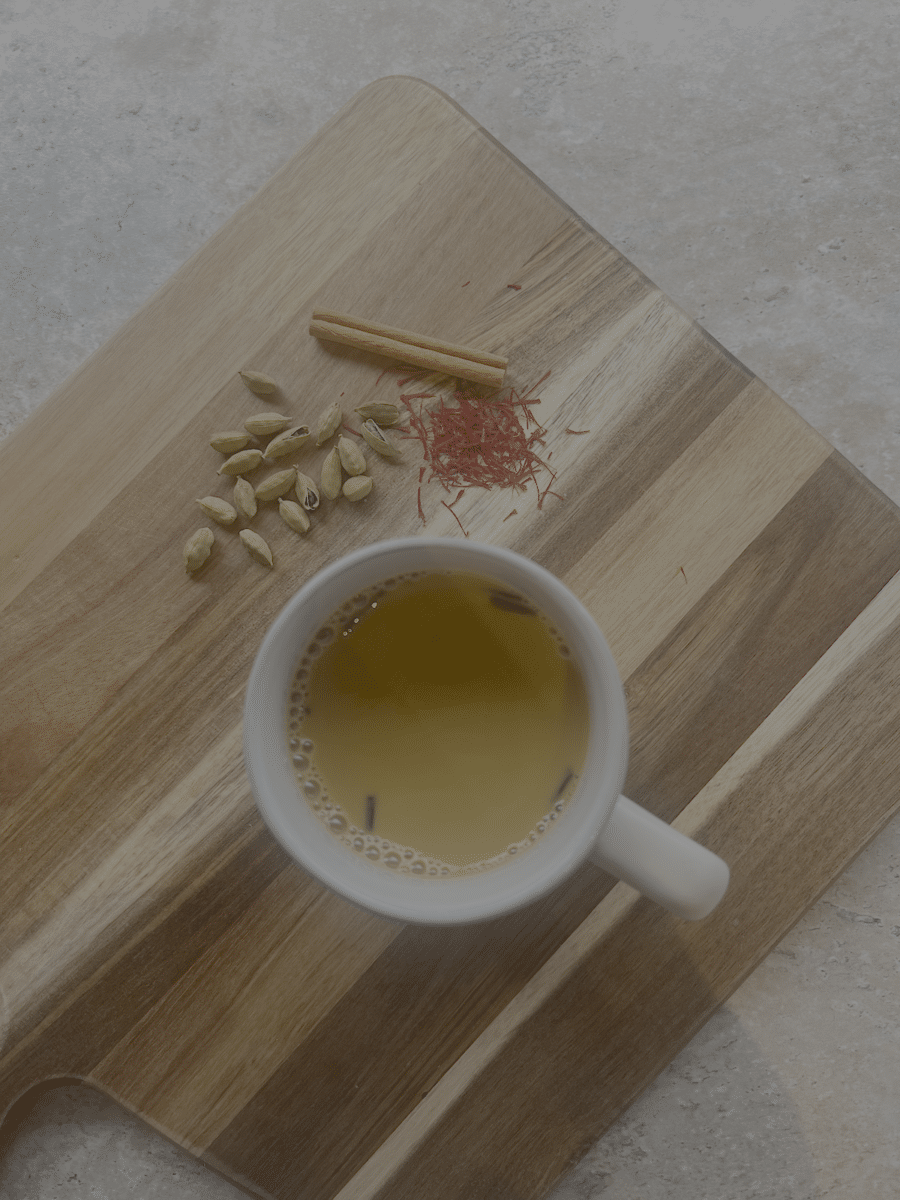On this page, we share three ways to water your garden, each with its own benefits and drawbacks.
Top watering
Use a hose and spray nozzle, watering can, or our Little Rain Cloud technique for watering with a large group. Watering by hand is great any time of year the garden needs watering.
Pros
- Give your plants just the right amount of water they need, watering more or less based on what you see in the garden.
- Top watering is especially important when you have recently planted seeds or seedlings to make sure the surface of the soil stays moist for young growing roots.
- The slow pace of hand watering gives you time to relax and enjoy time in the garden to examine your plants and connect with mother nature.
- Watering cans and Little Rainclouds are great ways for the whole classroom to water the garden together and pair especially well with SEL and mindfulness practices.
Cons
- It is the slowest, most labor-intensive way to water.
- It takes care and attention to make sure not to flood the soil while going slow enough for water to be absorbed deeply into the soil.
Drip irrigation
There are many kinds of drip irrigation. Big Green provides Learning Gardens (for schools and communities) with a full drip irrigation setup. Home gardeners might want to invest in drip irrigation as well.
Pros
- Saves time by watering the garden for you while your attention can be elsewhere.
- You can attach an automatic timer to make sure the garden is watered every day, even if no one is available to get it done.
- Conserves water by reducing the amount of evaporation while watering.
- Keeps leaves dry helping plants stay healthy.
Cons
- Drip irrigation is not as effective with newly planted seeds and seedlings
- Broken parts and punctured drip lines will stop the whole system from working and need to be repaired or replaced.
- Automatic watering can mean less time in the garden connecting with the abundant life you are cultivating there.
Sprinklers
There are many types of sprinklers to choose from for the shape and size of your garden. They offer similar advantages as top watering by hand.
Pros
- Waters the surface of the soil to help germinate seeds and water young seedlings.
- Saves time by watering the garden for you while your attention is elsewhere.
- You can attach an automatic timer to make sure the garden is watered every day, even if no one is available to get it done.
Cons
- Wastes water when the sprinkler pattern waters outside of the garden.
- Wastes water through evaporation as water flies through the air.
- Can encourage plant diseases by watering the leaves of plants.
Water is a precious resource—here are some tips for conservation!
- Check soil moisture to assess how much water your garden needs before watering.
- Turn off the water when you are not using it, and fix leaks right away.
- Apply mulch to bare soil between plants to avoid losing water to evaporation
- Avoid watering in the heat of the day to reduce evaporation.
- Drip irrigation is a great water conservation tool. It gets water to roots more efficiently than a hose nozzle or sprinkler.


